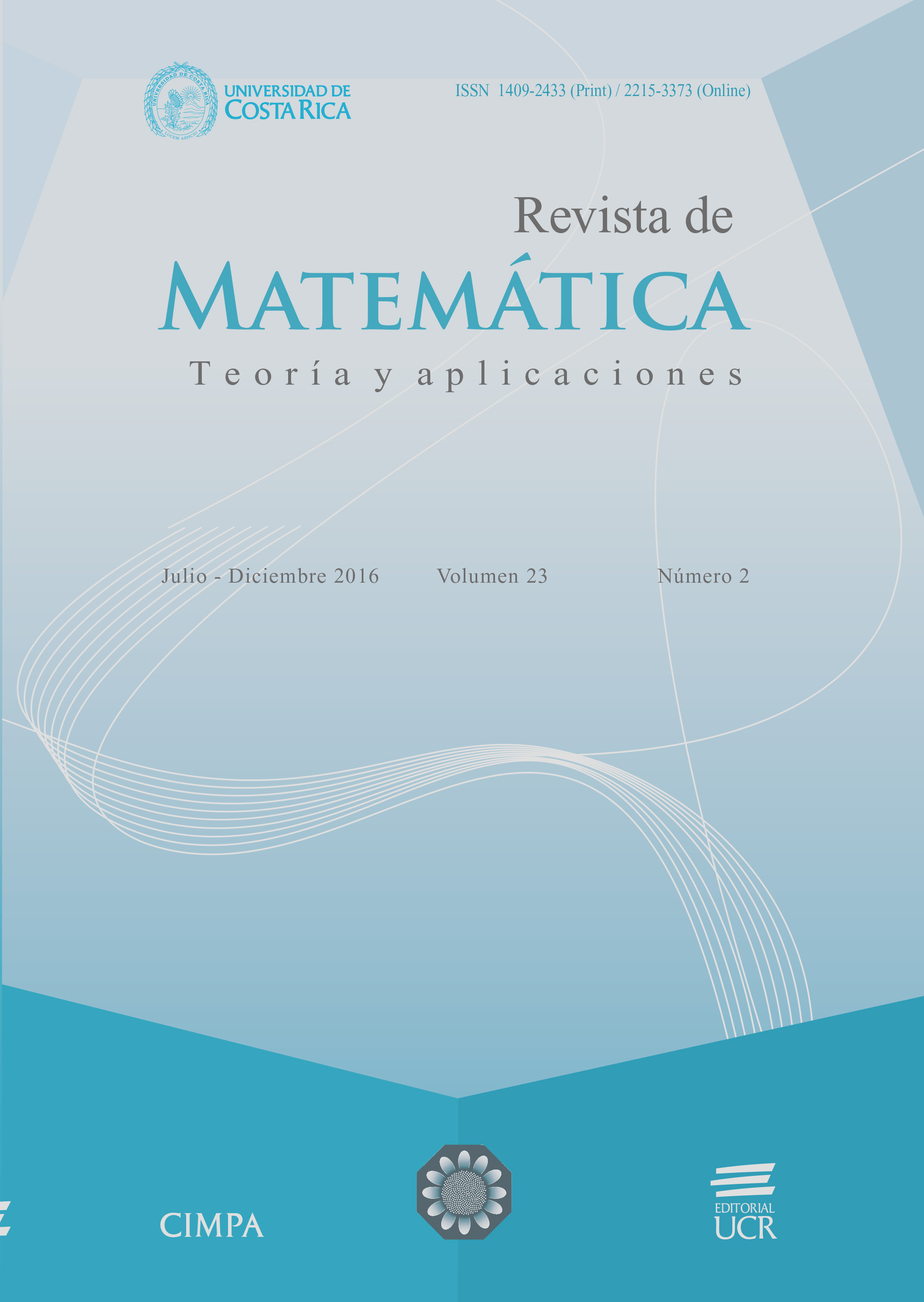Abstract
There is no consensus about what is meant by quality of life since this concept has a complex and multidimensional nature. In some cases, the satisfaction of life is equated with the Quality of Life and refers to the subjective evaluation performed an individual of the degree to which their needs, desires and goals more important are carried out. It is assumed that the total satisfaction of life of a person consists of a wide amount of satisfaction in particular areas of life that are valued or judged important, considering that this is a fluctuating state and not a constant feature [6]. [4] posits that the satisfaction of a person in a particular area integrates with various components that cover the various aspects of a person’s life and that are subjectively evaluated by the individuals in both the referred to the importance in the context of one’s life, and in relation to their happiness or welfare in these areas. In this work, assessing the validity of this theoretical model in the population of the city of Buenos Aires, Argentina, through the adjustment of a model of confirmatory factor analysis of second order, applied to the items in the ICV test that measures the quality of life perceived by the subject. The model is applied on a sample of 1336 subjects between 18 and 65years old and the results of the confirmatory factor analysis show that the quality of life perceived by the subject is in close relation to their level of satisfaction with a series dimensions or latent factors: Environment or habitat of the subject, his need for transcendence, the social networks that contain it, and their personal growth.
References
Bollen, K.A. (1989). Structural Equations with Latent Variables. Wiley, New York.
Brown, T.A. (2006). Confirmatory Factor Analysis for Applied Research. The Guilford Press, New York.
Byrne, B.M. (1998) Structural Equation Modeling with LISREL, PRELIS and SIMPLIS: Basic Concepts, Applications and Programming. Lawrence Erlbaum Associates, Mahwah NJ.
Campbell, A. (1976) “Subjective measures of the well-being”, American Psychologist 31(2): 117–124.
Frisch, M.B. (1992) “Use of the quality of life inventory in problem assessment and treatment planning for cognitive therapy of depression”, in: A. Freeman & F.M. Dattilio (Eds.) Comprehensive Casebook of Cognitive Therapy Springer, New York: 27–52.
Mikulic, I.M.; Muiños, R. (2004) “La construcción y uso de instrumentos de evaluación en la investigación e intervención psicológica: El inventario de calidad de vida percibida”, in: XII Anuario de Investigaciones, Facultad de Psicología. Universidad de Buenos Aires: 193–202.
Mikulic, I.M.; Muiños, R. (2005) “Una explicación integrativa de la calidad de vida: La evaluación psicológica y el análisis factorial confirmatorio”, in: Memorias de las XII Jornadas de Investigación y Primer Encuentro de Investigadores en Psicología del Mercosur, tomo II, Facultad de Psicología. Universidad de Buenos Aires: 287–289.
Schumacher, R.E.; Lomax, R.G. (1996) A Beginner’s Guide to Structural Equation Modeling. Lawrence Erlbaum Associates, Mahwah NJ.
Slottje, D.J.; Scully, G.W.; Hirschberg, J.G.; Hayes, K.J. (1991) Measuring the Quality of Life across Countries: A Multidimensional Analysis. West-view Press, Boulder CO.
Solomon, E.S.; Bouchouchi, N.; Denisov, V.; Hankiss, E.; Mallman, C.A.; Milbrath, L.W. (1980) “Unesco’s policy-relevant quality of life research program”, in: A. Szalai & F.M. Andrews (Eds.) The Quality of Life: Comparative Studies, Sage Publications, London: 223–233.
##plugins.facebook.comentarios##

This work is licensed under a Creative Commons Attribution-NonCommercial-ShareAlike 4.0 International License.
Copyright (c) 2016 Revista de Matemática: Teoría y Aplicaciones





